Reviews
Nuit et brouillard
Alan Resnais
France, 1956
Credits
Review by David Carter
Posted on 27 October 2013
Source The Criterion Collection DVD
Categories 31 Days of Horror X
Alan Resnais’ documentary Night and Fog takes its name from the German policy of Nacht und Nebel, a reference to Germanic folklore as depicted in Wagner’s Rheingold. In Wagner’s fantasy, a magical helmet grants its wearer the ability to become invisible. In reality, Nacht und Nebel (NN) was the Nazi plan to make ethnic minorities and political dissidents “disappear” in a maze of frighteningly efficient concentration camps. Nazi concentration camps operated in a manner not far removed from industrial factories, with supervisors, middle-managers, and bureaucratic paperwork. The fact that the camps were simply a profane inversion of familiar institutions played a large role in their success. It was business as usual, so it went unquestioned by those involved. Resnais’ documentary is an attempt to lift the veil of “night and fog” from the concentration camps and, more importantly, dispel the notion that the Holocaust was an anomaly of human history that could never happen again.
The opening sequence sees a collection of pastoral images before slowly panning or pulling back to show the same idyllic scene framed behind barbed wire or in the shadow of a guard tower. A similar technique is used throughout the work, moving gradually from the serene to the horrific. Resnais’ goal is not to acclimatize the viewer to the horrors, nor is it his goal to induce an exploitative “shock” scare. Resnais’ use of the technique is a visual representation of the methodical, deliberate pace of the Nazis’ evil. Their “night and fog” worked because it moved gradually. Relocation became deportation, deportation became incarceration: prisoners became slaves, slaves became corpses. A narrative version of this policy in action can be seen in Vittorio de Sica’s The Garden of the Finzi-Continis, in which Jewish Italians accept the gradual encroachment of fascism and are powerless to resist when the Nazi final solution is implemented. Both Resnais and de Sica highlight how fascism was tolerable simply because it moved slowly. Night and Fog, in particular, emphasizes how the slow pace masked the exponential rate at which the concentration camp program was growing. By the war’s end, the camps’ populations dwarfed those of surrounding cities, with executions happening with such frequency there was no time to bury the dead.
Another technique central to Resnais’ motives in Night and Fog is the mixture of historic and newly-shot footage. This technique has been traditionally used by documentarians to establish a clear demarcation between past and present, but Resnais’ goals are the exact opposite. Resnais alternates between past and present in order to establish a continuum between the two, a cyclical rather than linear view of history. The narration does not speak of the war in terms of finality, but instead states that war is merely “asleep” right now rather than finished. The juxtaposition of past and present is an intentionally disorienting technique to persuade the viewer to the same position.
Resnais becomes increasingly overt with his message as the film progresses towards its conclusion. The closing narration states, “We pretend it all happened only once, at a given time and place.” Night and Fog’s message is ultimately a darkly pessimistic one. For Resnais, we are not living in a post-Holocaust time, but instead in a time before the next Holocaust. The film asks, “Who among us keeps watch from this strange watchtower to warn of the arrival of our new executioners?” This question is the concept at the heart of Night and Fog. The film is intended not as an elegy or even as a warning, but as a call to action. Resnais’ premise is that the journey from peaceful countryside to death camp and back is a progression that can happen again—and one that will happen again if society attempts to leave it in the past. Night and Fog is not an autopsy of the past, but rather an examination of the present condition of a society that could regress again into fascism without constant vigilance.
Universally hailed as one of the greatest films ever made, Night and Fog is perhaps among the greatest horror films ever made as well. The ostensible goal of the horror genre is to induce fear, yet the even the best offerings rarely manage more than temporary scares or revulsion. Night and Fog is a film that causes fear; it is an authentic and deeply unsettling fear. Contrary to what you may think, the fear that the film instills is not the fear of becoming a victim but of becoming the victimizer. The film forces us to ask ourselves which side of the fence we would be on should this ever happen again. Would you participate or, worse, would you sit idly by and allow it to happen? It is possibly the most frightening question a person could be asked because it is one where the answer is known immediately, whether you choose to admit it to yourself or not. Umberto Eco once wrote, “the fundamental question of philosophy is the same as the question of the detective novel: who is guilty?” Night and Fog asks this same question about the Holocaust and answers it definitively: we all are.
More 31 Days of Horror X
-
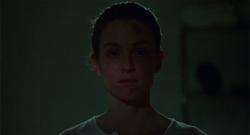
Safe
1995 -
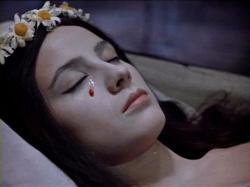
Viy
1967 -
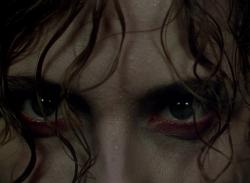
Black Narcissus
1947 -
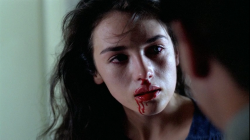
Possession
1981 -

Carrie
1976 -
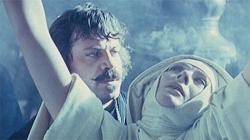
The Devils
1971 -
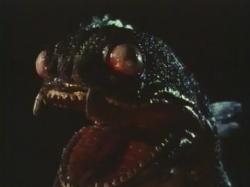
The Sea Serpent
1984 -
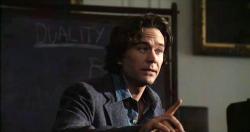
The Dark Half
1993 -
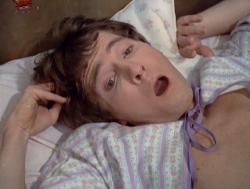
The Baby
1972 -
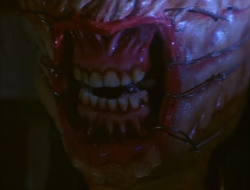
Hellraiser
1987 -
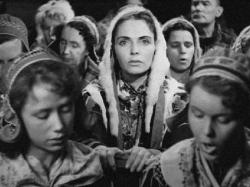
The White Reindeer
1952 -
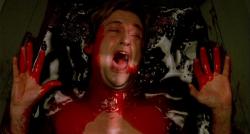
The Serpent and the Rainbow
1988 -
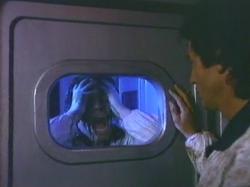
Endless Descent
1989 -
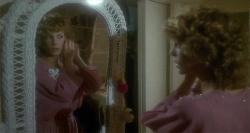
Prom Night
1980 -
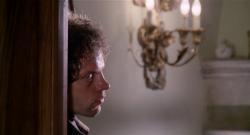
Night Train Murders
1975 -
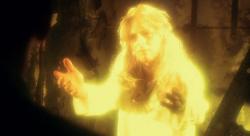
God Told Me To
1976 -
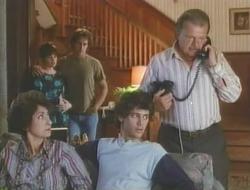
In a Child’s Name
1991 -
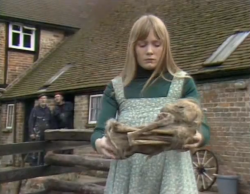
Beasts
1976 -
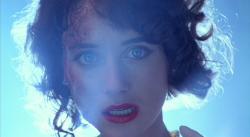
Prom Night II
1987 -
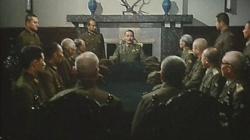
Men Behind the Sun
1986 -
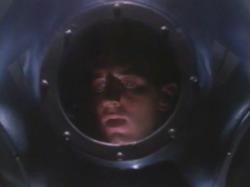
DeepStar Six
1989 -
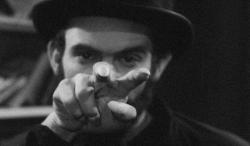
At Midnight I’ll Take Your Soul
1964 -
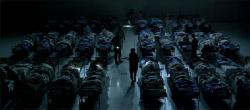
They Came Back
2004 -
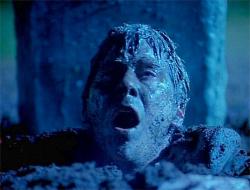
Buried Alive
1990 -
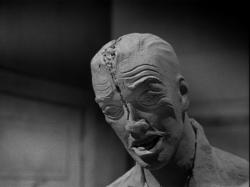
A Bucket of Blood
1959 -
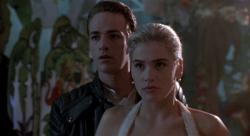
Buffy the Vampire Slayer
1992 -
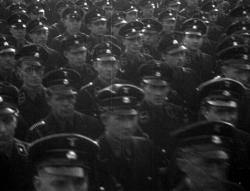
Night and Fog
1956 -
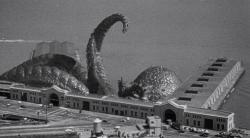
It Came From Beneath the Sea
1955 -
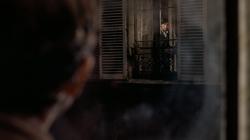
The Tenant
1976 -

Tokyo Gore Police
2008 -
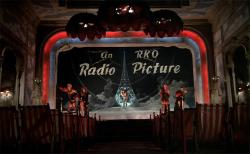
The Rocky Horror Picture Show
1975
We don’t do comments anymore, but you may contact us here or find us on Twitter or Facebook.



